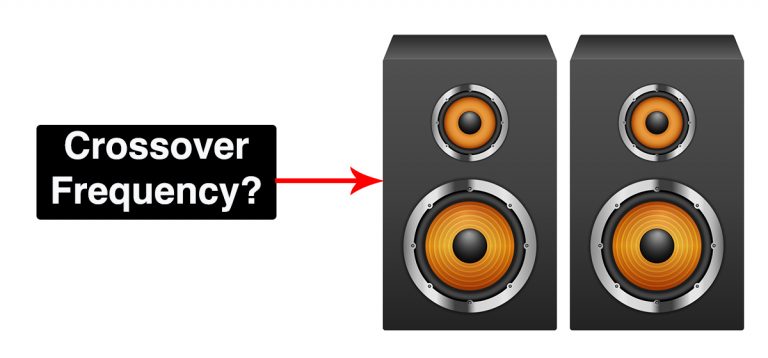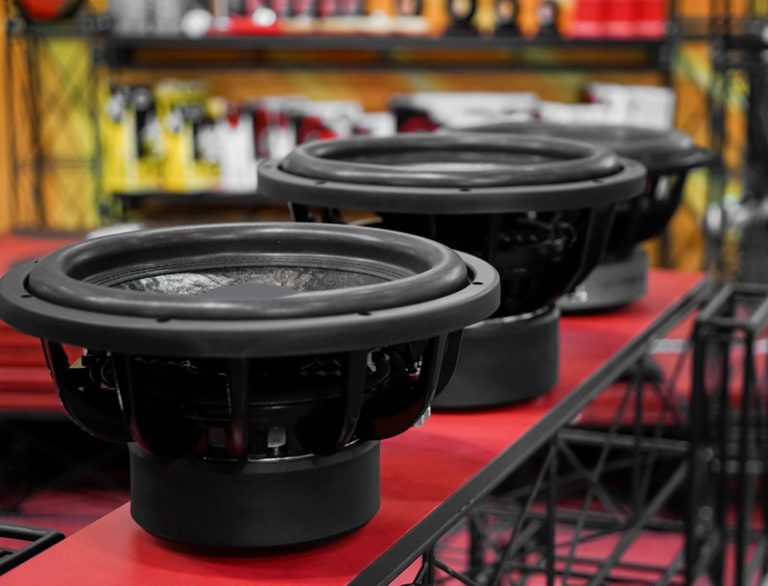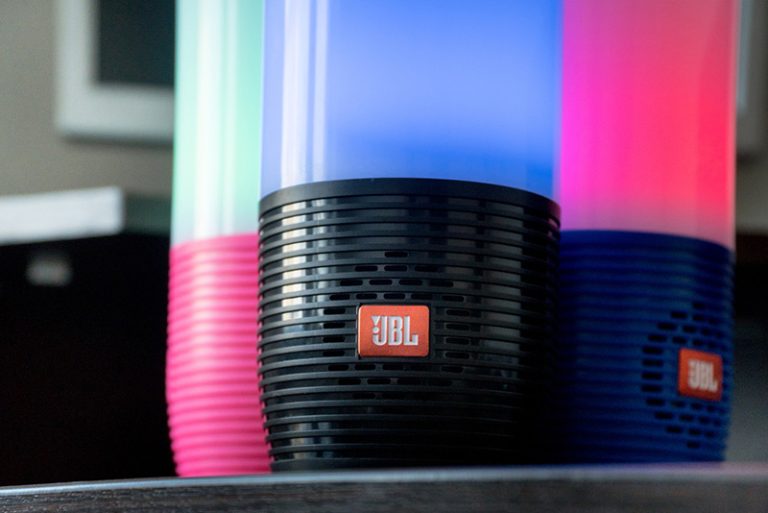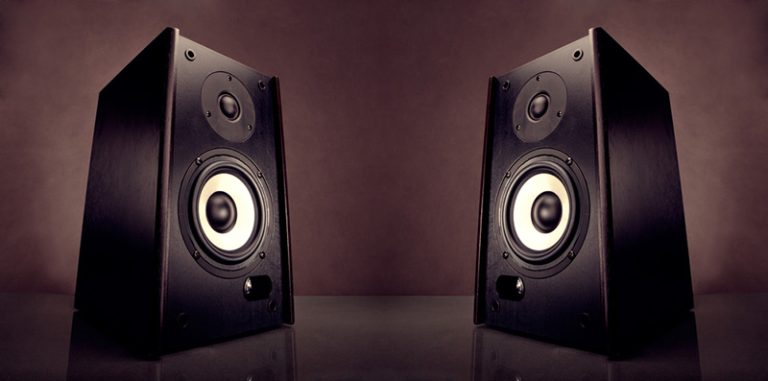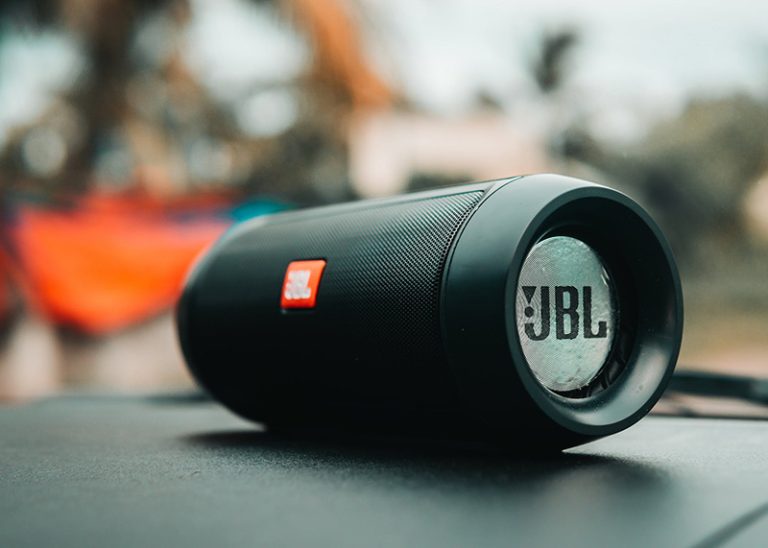Are Ceiling Speakers Good for Surround Sound?
Ceiling speakers are the best way to save some room in your home theater. Once installed, they’re a permanent upgrade to your home. But are they good for surround sound?
Ceiling speakers are generally good for surround sound as they are a space-efficient way to create a home theater system. A surround sound setup with ceiling speakers creates an immersive movie-watching experience.
You can use ceiling speakers instead of rear surround speakers by mounting them behind your sofa.
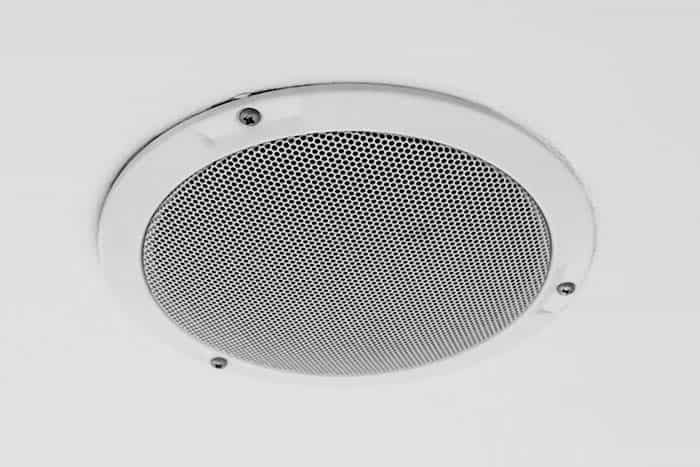
Read on to learn more about ceiling speakers and how your audio system can benefit from them. I’ll also explore how ceiling speakers stack up against in-wall speakers.
Why Ceiling Speakers are Good for Surround Sound
Before drilling holes in your ceiling, you’ll first need to decide if ceiling speakers are worth it. They have a few unique benefits you should consider.
1. Ceiling Speakers Don’t Take Up Any Room Space
First and foremost, ceiling speakers are very space-efficient. Unlike large bookshelf speakers, they don’t take up any room space whatsoever.
You mount them to the ceiling, where you have more than enough space. That’s one of the reasons why shops and malls love ceiling speakers.
If your living room is already cramped, getting a traditional 5.1 home theater system would be a bad idea. The rear speakers take up way too much extra space.
But if you mount ceiling speakers behind your sitting area, you won’t sacrifice any room space.
2. Ceiling Speakers Improve the Aesthetics of Your Room
Have you ever wanted a surround sound system but couldn’t get over how ugly speakers look? If that’s the case, ceiling speakers are for you.
They are an inconspicuous way to create an audio system. Your guests won’t even notice them until you turn your TV on.
That said, you should keep in mind that ceiling speakers fire downwards. You could add some ceiling decorations to further improve the design of your room and improve the acoustics at the same time.
That’s because when sound waves hit a reflective surface (such as a ceiling), the sound gets distorted.
I’m sure you’re familiar with how speakers look. The difference with ceiling speakers is that they usually come with white covers to blend in with the ceiling.
Just keep in mind not to overtighten the covers. If you do, there’s a chance that they will bend.
3. Ceiling Speakers Are a Good Replacement for Rear Speakers
You’re probably asking how you should integrate ceiling speakers into your surround sound system.
Most people use ceiling speakers for the rear speaker channels. While you can use ceiling speakers for left and right channels too, I strongly advise against that.
It’s not that you’re going to break your amplifier or something similar – it’s just that it won’t sound as good.
Sound from ceiling speakers is more or less directional. The sound won’t get to you directly if you use them for the left and right channels.
You won’t be able to tell where the sound is coming from. And that’s the whole point of surround sound.
So, it only makes sense to use ceiling speakers in place of the back speakers.
There is one exception that would let you use ceiling speakers wherever you like, and that would be to use a directional ceiling mount.
Where Should You Mount Ceiling Speakers?
If we’re talking about traditional ceiling speakers, they are best used for rear-firing speakers. But where should you mount them?
The best place to mount ceiling speakers is right behind your couch or sofa. The sound waves will travel toward the floor, but you’ll still hear them as if they were coming from the left or right.
If you’re using only one ceiling speaker, you could use it instead of the center speaker. A unique benefit of ceiling speakers is that you can put them exactly in the center of the room.
The result is a more precise surround sound experience.
If you need an amplifier with a center channel, get the Pyle Wireless Bluetooth Amplifier from Amazon.com (see image below). You can combine it with four satellite speakers and one center ceiling fan speaker.
The sound quality of this amp is perfect, with its 100 watts of maximum power output. It has a gorgeous front control panel and a labeled back panel for easy installation.
Ceiling Speakers vs. In-Wall Speakers
Both ceiling and in-wall speakers are a great way to get surround sound without sacrificing any room space.
A combination of both can create an incredibly immersive home theater. The only downside is that mounting them can take a lot of time and effort.
Also, it’s a permanent installation, so only do this if you aren’t planning to move out anytime soon.
There’s a great YouTube video explaining how to mount in-wall speakers here:
The installation process is more or less the same for ceiling speakers.
The main difference is that most in-wall speakers are rectangular, whereas ceiling speakers are circular. Also, in-wall speakers are larger.
Additionally, the sound from in-wall speakers travels where you want. Ceiling speakers can only fire downwards.
You can use them interchangeably, but only if your in-wall speakers aren’t too large and heavy.
Are Ceiling Speakers Good for Surround Sound?
Ceiling speakers are good for surround sound because you can use them for the rear or center channel. They can’t replace side or front speakers because the sound travels from the ceiling to the floor.
If you mount them behind your sitting position, you get a convincing and immersive experience.
Conclusion
If your home theater is small, ceiling speakers are perfect. You don’t have to sacrifice any space just to get surround sound for your movies and video games.
You can use in-wall speakers in combination with ceiling speakers to create a sleek-looking surround sound system.

